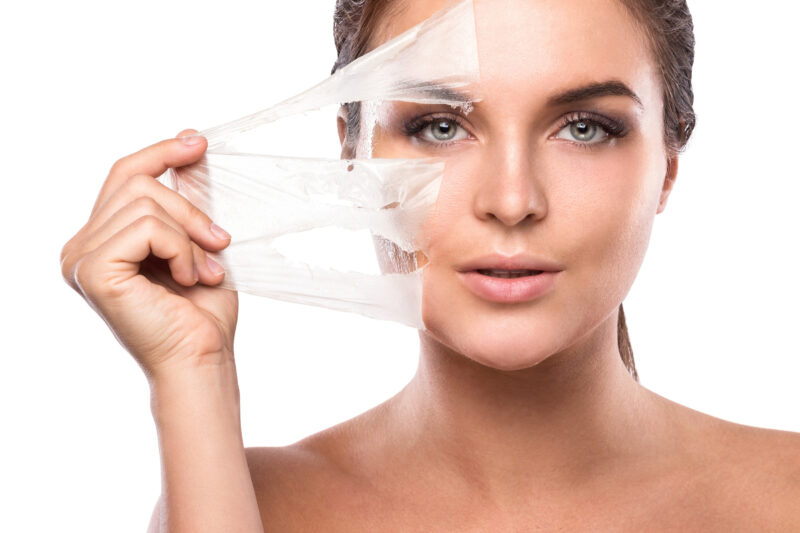Over 1.3 million chemical peels are performed each year in the United States. The number is so high because chemical peels have proven to be a non-invasive and cost-effective way to rejuvenate skin.
If you’re one of the millions of Americans thinking about a chemical peel but aren’t quite sure if it’s right for you, you’re in the right place! Keep reading to learn all about the chemical peel procedure.
What is a Chemical Peel?
A chemical peel is an exfoliating treatment in which a physician applies a chemical solution to the face to remove damaged skin cells. Chemical peel benefits include reducing the appearance of fine lines and wrinkles. They can also address issues like acne, scarring, redness, or enlarged pores.
There are different types of chemical peels. They’re categorized based on how deeply they exfoliate the skin and the chemical solution used. Which one is right for you depends on your skin tone and the problems you’re trying to address. Dermatologists and plastic surgeons are two great resources to consult to determine which peel you should get.
How to Prepare for Chemical Peels
Once you and your doctor choose the right chemical face peel for you, you’ll begin prepping for the peel about two weeks in advance. You’ll need to wash your face twice a day, apply a special moisturizer, and use sunscreen every day. In some cases, you might get a prescription medicine to help prevent infection.
The right preparation will help your skin peel evenly and heal faster after the procedure. On the day of the procedure, you should wash your face with non-residue soap and avoid any moisturizers.
What to Expect During a Chemical Peel
A chemical peel takes place in a dedicated office. You’ll be lying down with your eyes closed and with proper eye protection. Then your physician applies the peeling agent to your skin. For deeper peels, the doctor might give you pain medication right before the peel begins.
You may feel burning, stinging, or tenderness as the peel is applied to your skin. After a few minutes, a neutralizer is applied which will relieve any stinging. A cool compress may be used on the face at the end of a peel.
Post-Procedure Experience
After the procedure, your skin will show signs of irritation and redness. For lighter peels, the side effects usually subside in 48 hours. For deeper peels, there may be inflammation and swelling which can last about a week. Redness can last a few weeks after a deep peel.
To help prolong the results of the chemical peel, it’s highly recommended to follow a proper face care routine. Regular cleansing, moisturizing, and sunscreen use will help keep your skin looking its best for longer.
Ready to Schedule a Chemical Peel?
Now that you know all about chemical peels, are you ready to schedule one for yourself? If you’re looking for a quick, safe, and cost-effective way to rejuvenate your skin, talk to a certified dermatologist or plastic surgeon about a chemical peel.
If you’re interested in reading more articles like this, check out the rest of our blog!

